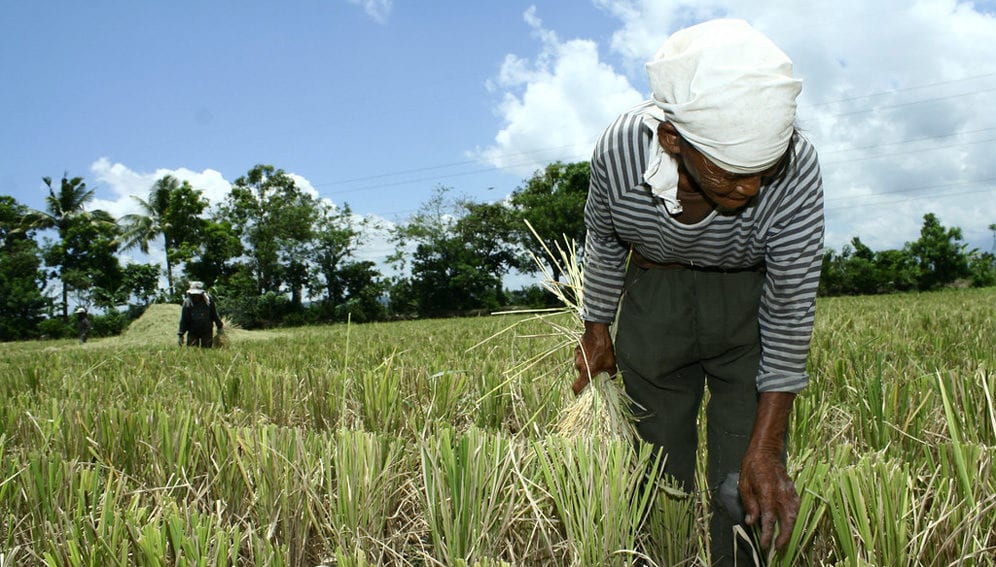19/05/19
Asian healthcare must plan for greying populations

By: Paul Icamina
Send to a friend
The details you provide on this page will not be used to send unsolicited email, and will not be sold to a 3rd party. See privacy policy.
[MANILA] The “feminisation of ageing” is among problems facing countries in the Asia Pacific region that are ill-equipped to provide proper healthcare—including cancer treatment—for the elderly, an international conference in the Philippine capital heard this week.
WHO data published in 2018 show life expectancy in the Philippines to be 66.2 years for males and 72.6 years for females. Cancer mortality claimed 28,700 males and 27,900 females in 2014, according to WHO.
“If she has been a housewife all her life, never been employed and [has always been] dependent on the husband, she is likely to be alone at old age with no safety nets and unable to deal with health needs… Unless absorbed by their families, women who are poor and have cancer are at a great disadvantage”
Susan Mercado, Philippine Red Cross
“Women tend to live longer than men,” Susan Mercado, deputy secretary general, Philippine Red Cross, told a policy meeting convened Wednesday (15 May) by the International Society of Geriatric Oncology (SIOG) and the Southeast Asian Ministers of Education Organization, Regional Centre for Tropical Medicine and Public Health.
This is disadvantageous particularly for impoverished women who outlive their partners and who will have no one to rely on. “From an epidemiologic perspective, if the men die earlier…women who are poor, without access to proper care and without the resources for treatment and with families who do not know what to do [will have a difficult time],” Mercado said.
“If she has been a housewife all her life, never been employed and [has always been] dependent on the husband, she is likely to be alone at old age with no safety nets and unable to deal with health needs,” Mercado said. “Unless absorbed by their families, women who are poor and have cancer are at a great disadvantage.”
Mercado emphasised that women’s needs are very specific and their vulnerability increases with age. “What we need are health programmes tailored to fit women who are older — for example, women who might be more prone to recurrent urinary tract infections.”
The ageing population—both men and women—is especially vulnerable to cancer. “Cancer among the ageing is as daunting and overwhelming as ever despite the advances in medicine. All countries suffer huge health inequities and unfair opportunities often fall on those who are older, especially if they are poor,” said Mercado, a former WHO regional adviser for health promotion and ageing, who also raised concern over “urbanisation of ageing” where people in cities live longer than those in rural areas.
“Cancer is a disease of ageing. Older patients represent the majority, not the minority,” said Hans Wildiers, president of SIOG, and medical oncologist and coordinator of the Leuven Multidisciplinary Breast Centre in Belgium.
While better healthcare increases life expectancy, countries must still prepare for ageing populations — already more than 235 million people in the region are older than 60, said Indrajit Hazarika, a WHO regional adviser. “The convergence of an overall aging population and peak cancer incidence among those aged 65 to 74 will result in a significant rise in the number of people diagnosed with cancer.”
“When it comes to cancer, time is not on our side,” said Hazarika. “Age is a well-recognised risk factor for cancer development. In fact, you could say ageing is an important carcinogen.”
The health system must address chronic conditions, particularly for the elderly, said Eduardo Banzon, principal health specialist, Asian Development Bank. “Current health systems are geared towards acute, episodic diseases and they are often ill-equipped to meet the long-term fluctuating needs of those with chronic illnesses.”Bamzon suggests using telehealth, or the delivery of healthcare and information via technology that includes assessment, monitoring, communications, disease prevention and education.
Hazarika says while these advances in technology and treatment bring new hope, the current reality is a wide gap between what older people need and what the workforce can provide. “Ageing has to be included in ongoing training for health professionals,” he says.
This piece was produced by SciDev.Net’s Asia & Pacific desk.













